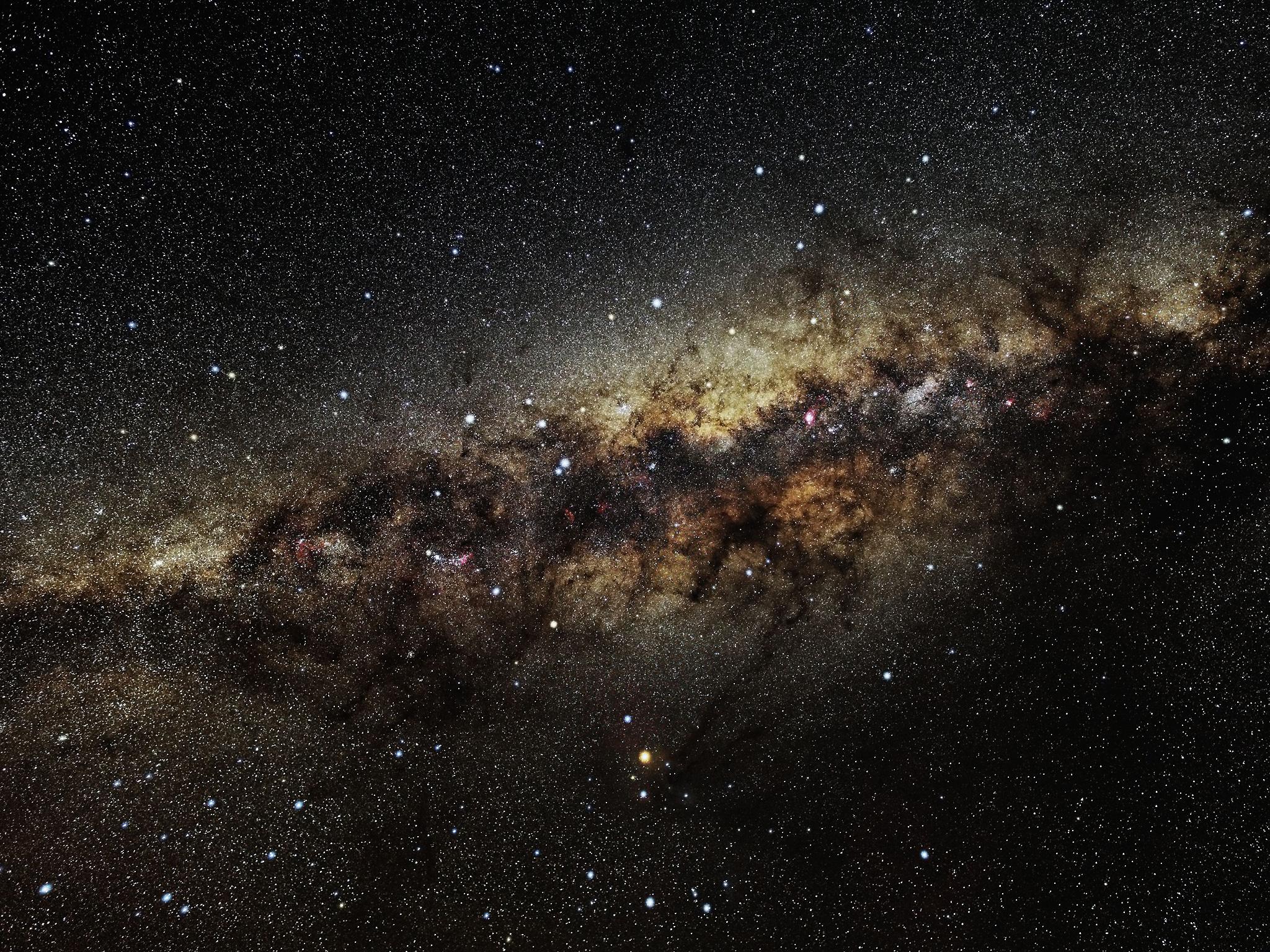Legacy of the Big Bang: scientists discover gravitational waves left by expansion of universe in 'one of the most important goals in cosmology'
The waves are important to theory of how galaxies, stars and planets were able to form

Your support helps us to tell the story
From reproductive rights to climate change to Big Tech, The Independent is on the ground when the story is developing. Whether it's investigating the financials of Elon Musk's pro-Trump PAC or producing our latest documentary, 'The A Word', which shines a light on the American women fighting for reproductive rights, we know how important it is to parse out the facts from the messaging.
At such a critical moment in US history, we need reporters on the ground. Your donation allows us to keep sending journalists to speak to both sides of the story.
The Independent is trusted by Americans across the entire political spectrum. And unlike many other quality news outlets, we choose not to lock Americans out of our reporting and analysis with paywalls. We believe quality journalism should be available to everyone, paid for by those who can afford it.
Your support makes all the difference.Scientists have detected the enigmatic ripples in deep space that were triggered by the rapid expansion of the Universe during the earliest moments of its creation some 13.7 billion years ago.
In a ground-breaking experiment, astrophysicists have captured the first indirect images of so-called gravitational waves using a telescope at the South Pole designed to measure the cosmic background radiation left over from the Big Bang.
The findings are powerful confirmation of the events that took place at the very beginning of time when the Universe expanded rapidly during a period known as inflation, which was the moment when gravitational waves were formed.
Albert Einstein first predicted the existence of gravitational waves a century ago in his theory of general relativity but no-one has been able to measure them directly despite a number of elaborate experiments around the world designed to do just that.
In the 1970s, cosmologists theorised that gravitational waves must have been generated immediately after the Big Bang, as the Universe expanded during its inflationary period from being a pea-sized object to an entity that extends beyond the reach of the most powerful telescopes.
Gravitational waves are important to the theory of how large-scale structures such as galaxies, stars and planets were able to form from the smoothly distributed matter of the Universe, but they have proved far too elusive to detect directly or indirectly - until now.
John Kovac of the Harvard-Smithsonian Centre for Astrophysics in Massachusetts, and colleagues, were able to "see" gravitational waves by detecting swirly patterns of polarised radiation within the faint glow of the microwave background radiation left over as an "echo" of the Big Bang.
"Detecting this signal is one of the most important goals in cosmology today. A lot of work by a lot of people has led up to this point," Dr Kovac said.
The images emerged from data gathered by the BICEPS2 telescope in Antarctica. "The South Pole is the closest you can get to space and still be on the ground. It's one of the driest and clearest locations on Earth, perfect for observing the faint microwaves from the Big Bang," Dr Kovac said.
The announcement is one of the most significant in the field of cosmology for several decades because it is further scientific confirmation for how the Universe came into existence. In particular, it supports the idea of inflation, which preceded the generation of the cosmic microwave background radiation that came 380,000 years after the Big Bang.
"This result is key to answering some of the biggest questions in cosmology. It provides insights into processes that took place in the early Universe, and just how violent the birth of the Universe was," said Professor Bangalore Sathyaprakash, a theoretical physicist at Cardiff University, who was part of the research team.
The BICEP2 telescope at the South Pole, which scans deep space for the cosmic microwave background radiation, detected swirls of polarised light in a pattern called B-mode, which could only be explained by the effect of gravitational waves, the scientists said.
Gravitational waves squeeze space as they travel through it. They have a "handedness" much like light waves, meaning they can have left- or right-handed polarisations and so leave their mark on the microwave background.
"The swirly B-mode pattern is a unique signature of gravitational waves because of their handedness. This is the first direct image of gravitational waves across the primordial sky," said co-leader Chao-Lin Kuo of Stanford University in California.
The scientists said they were surprised to see such a strong signal of B-mode polarised radiation, which was bigger than theoretical cosmologists had predicted. They analysed the data over a period of three years to try to eliminate possible errors or interference, they said.
"This has been like looking for a needle in a haystack, but instead we found a crowbar," said Clem Pryke of the University of Minnesota, the co-leader of the research project.
Leonid Grishchuk of Cardiff University, who died last year, predicted 40 years ago that gravitational waves would result in B-mode polarisation in the cosmic microwaves' background.
"It's wonderful to see the realisation of the prediction that our esteemed colleague Leonid Grishchuk made back in 1975," Professor Sathyaprakash said.
Ed Dew of Sheffield University, who was not part of the research team, said: "The discovery has the feel of credibility, although people will want to study the findings very carefully. If true, it's very important and I can't under-estimate how significant it is."
Join our commenting forum
Join thought-provoking conversations, follow other Independent readers and see their replies
Comments